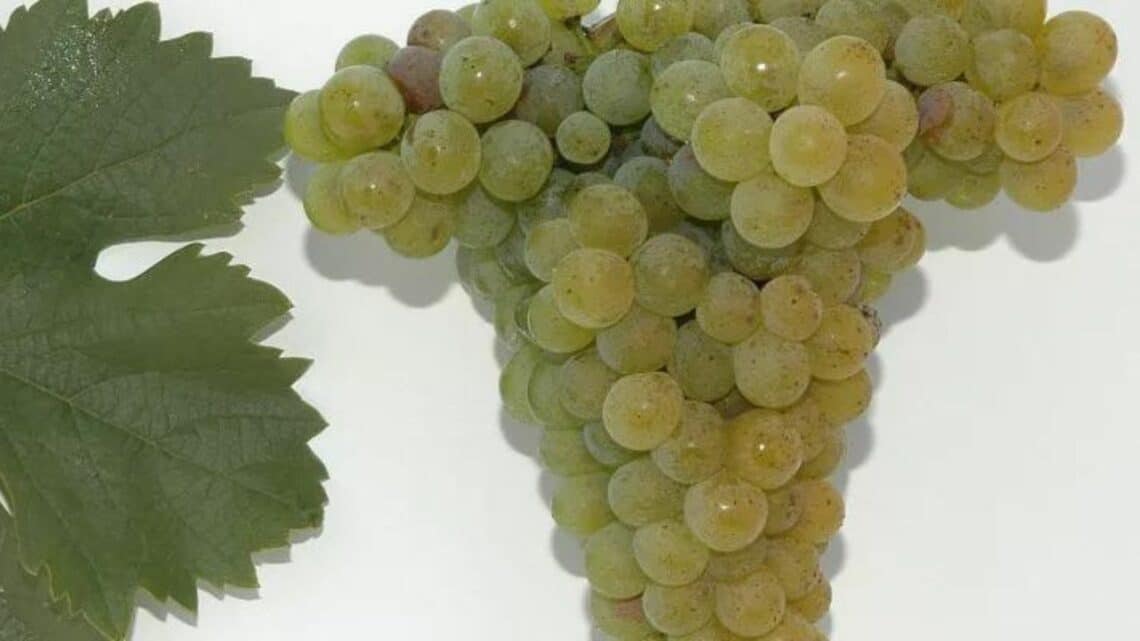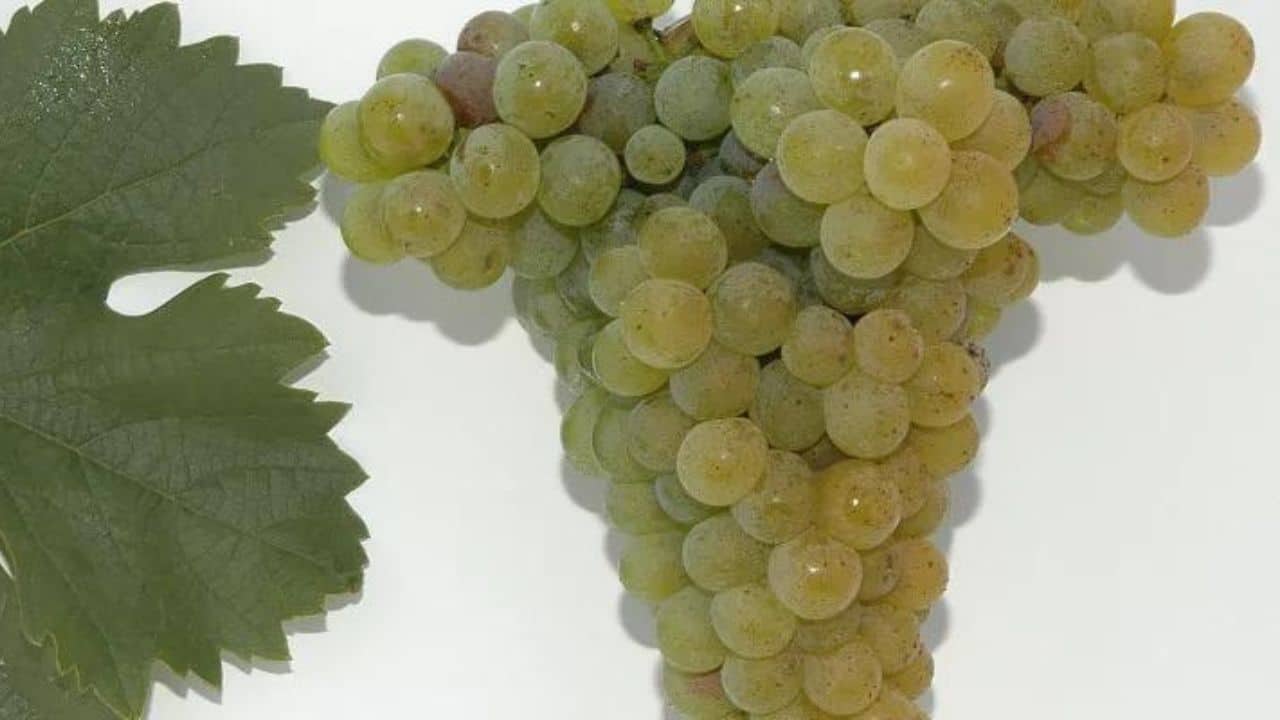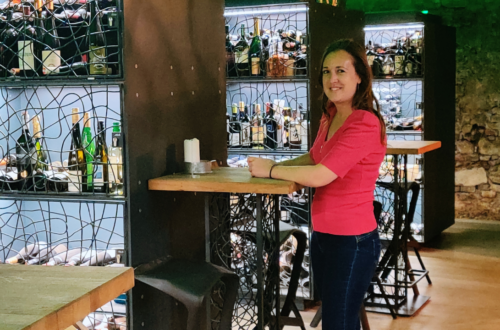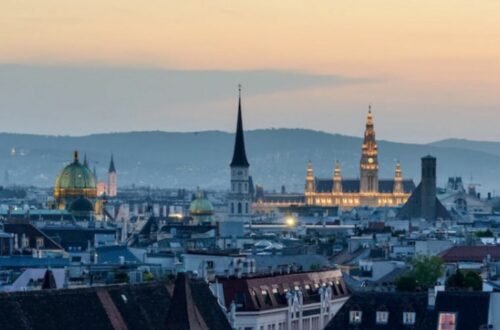
What is Rotgipfler?
Austria boasts an impressive selection of wines made from globally celebrated grape varieties like Riesling, Pinot Blanc, Chardonnay, Muscat Blanc à Petits Grains, Traminer, Pinot Noir, Merlot, Cabernet Sauvignon, and Syrah. However, the assortment of indigenous grape varieties is even more noteworthy.
The term “indigenous” refers to grape varieties that have originated almost exclusively in a particular region through natural crossbreeding or mutations and have a long-standing history in their place of origin. Over time, these grapes have adapted perfectly to the local growing conditions and typically yield their finest quality under the same conditions.
The most dominant among these indigenous grape varieties is Grüner Veltliner, which accounts for almost a third of the vineyard area. Other grape varieties such as Neuburger, Rotgipfler, Zierfandler, and Roter Veltliner have recently regained popularity
What is Rotgipfler?
Rotgipfler is a white grape variety which was created by a crossing between Roter Veltliner and Traminer (savagnin), resulting in a unique grape that is known for its rich and high alcohol wines.
This indigenous grape variety is from the same family as Weißgipfler (Grüner Veltliner).
Interestingly, despite being a white grape, it is called “Rotgipfler” due to the reddish color of the tips of the vine’s shoots. The grape produces large bunches that are tightly packed and ripens late, reaching high maturity levels.
It is often used for Beerenauslese (BA) and Trockenbeerenauslese (TBA), although it does not attract botrytis easily. In fact, when it does attract botrytis, it is not always ripe, making it a challenging grape for winemakers to work with.
Despite this, the resulting wines are highly sought after for their complexity and richness.
Where does Rotgipfler grow?
Rotgipfler is a specialty of the Thermenregion in Austria, particularly in the village of Gumpoldskirchen.
A little about Thermenregion
The Thermenregion, one of Austria’s most renowned wine regions, is located in the northern part and has a total of 2181 hectares of vineyards. It takes its name from the village of Gumpoldskirchen, which used to have the same reputation as Rust or Tokaj, and the spa towns of Baden and Bad Vöslau located just south of the region.
The area between Wiener Neustadt and Tattendorf is characterized by a lot of Saint-Laurent. The gravelly plains around Tattendorf and the slopes around Gumpoldskirchen have little in common, but both have become well-known for producing some of the best wines in the region.
There grows our Rotgipfler, with its tropical fruit characters on 128 hectares, and Zierfandler, which has a tension to noble rot. The Beerenauslese (BA) and Trockenbeerenauslese (TBA) produced in Gumpoldskirchen tend to have more acidity to balance the sweetness than those produced on the Neusiedlersee.
The vineyards are planted along the slopes of the Anninger hills at an elevation of 200 to 300 meters, which protects them from cold, wet weather and hail. The Pannonian plain below, which stretches into Hungary, exercises a strong influence, bathing the area with 1800 to 2000 hours of sunshine. Cool air from the hills preserves acidity in the grapes.
The soils are essentially limestone and fossil limestone, with bands of sandy loam or brown loam. The vineyards are not terraced but planted on slopes, making them hard to work but exposing the bunches to both the morning and afternoon sun.
Frost can be a problem, but Hannes Reinisch deals with this by flying a helicopter over the vineyard every fifteen minutes, which raises the temperature by 2 degrees.
How does Rotgifpler taste?
When the yield is sufficiently limited, the wines are excellent with a high content of extracts, a pleasant acidity, and a delicate bouquet. The wine matures slowly and is generally matured pure or blended with the Zierfandler grape variety.
Where to taste the best Rotgipfler in Austria?
There are several notable wineries in Thermenregion producing exceptional Rotgipfler and other grape varieties.
Karl Alphart‘s estate has been in existence since 1796 and offers a range of excellent Rotgipfler wines. Their cuvées from Rodauner are particularly noteworthy, with “Vom Berg” being the most basic, “Top Selektion” made from old vines partly fermented and aged in new oak barrels, and “Pur,” aged for 11 months in barriques and containing at least 18 grams of residual sugar, though it is not produced every year.
Gebeshuber is an organic property with a top site for Zierfandler and Rotgipfler. “Modler” is their best Zierfandler and “Laim” for Rotgipfler, both rich and full-bodied, with exceptional vintages in 2013 and 2015.
Heinrich Hartl III produces a large range of wines but has a passion for Rotgipfler and Pinot Noir.
Finally, Hannes Hofer is well-known for his excellent Gemischter Satz and Neuburger, but also produces very impressive Rotgipfler such as the 2017 Kreuzweingarten Reserve with floral and pineapple aromas and a creamy palate, and the 2013 Zierfandler Auslese.
Conclusion : What is Rotgipfler?
Rotgipfler is a white grape variety that is known for its rich and high alcohol wines. It was created by a crossing between Roter Veltliner and Traminer, resulting in a unique grape.
Despite being a white grape, it is called “Rotgipfler” due to the reddish color of the tips of the vine’s shoots. It is often used for Beerenauslese and Trockenbeerenauslese, although it does not attract botrytis easily.
The Thermenregion in Austria is particularly known for producing exceptional Rotgipfler wines, with the village of Gumpoldskirchen being a specialty.
The vineyards are planted along the slopes of the Anninger hills at an elevation of 200 to 300 meters, which protects them from cold, wet weather and hail. The soils are essentially limestone and fossil limestone, with bands of sandy loam or brown loam.
The best Rotgipfler wines tend to have a high content of extracts, a pleasant acidity, and a delicate bouquet. Notable wineries in Thermenregion that produce exceptional Rotgipfler wines include Karl Alphart’s estate, Gebeshuber, Heinrich Harlt III, and Hannes Hofer.







